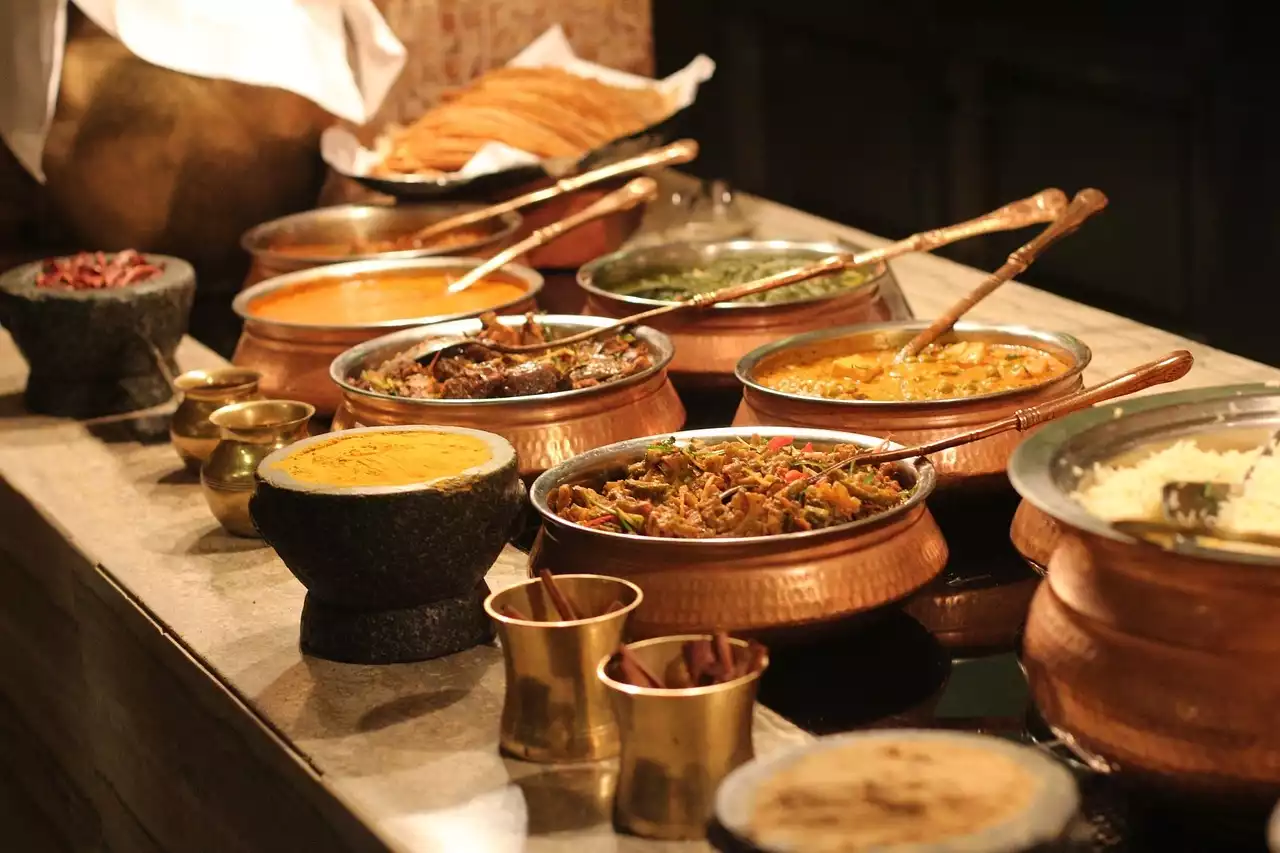Indian cuisine is known for its bold and exotic flavors, which are often attributed to the use of spices and herbs. If you're new to the world of Indian cooking, it can be overwhelming to navigate the various spices and their uses. This beginner's guide will introduce you to the most commonly used Indian spices and herbs, as well as provide tips for incorporating them into your cooking.
Understanding the Basics of Indian Spices and Herbs
Indian cuisine uses a wide variety of spices and herbs that are integral to its unique flavors. Spices and herbs are often used interchangeably in Indian cooking and can be found in various forms such as whole, ground, roasted, or as pastes.
Common Indian Spices and Herbs
- Cumin: Cumin is a staple spice in Indian cooking and has a warm and earthy flavor. It's commonly used in curries, soups, and stews.
- Coriander: Coriander has a citrusy and slightly sweet flavor and is often used in Indian curries, chutneys, and pickles.
- Turmeric: Turmeric is a bright yellow spice with a slightly bitter flavor and is commonly used in Indian curries and rice dishes.
- Cardamom: Cardamom has a sweet and floral flavor and is commonly used in both sweet and savory dishes. It's often found in chai tea and is also used in biryanis and curries.
- Cloves: Cloves have a warm and sweet flavor and are commonly used in Indian spiced teas, biryanis, and curries.
- Cinnamon: Cinnamon has a sweet and warm flavor and is commonly used in Indian desserts, chai tea, and biryanis.
- Fennel seeds: Fennel seeds have a sweet and licorice-like flavor and are commonly used in Indian spice blends and bread.
- Mustard seeds: Mustard seeds have a pungent and sharp flavor and are commonly used in Indian pickles, curries, and chutneys.
- Fenugreek seeds: Fenugreek seeds have a slightly bitter and nutty flavor and are commonly used in Indian spice blends, pickles, and curries.
- Asafoetida: Asafoetida has a pungent and sulfurous flavor and is commonly used as a substitute for garlic and onion in Indian cooking.
- Bay leaves: Bay leaves have a herbal and slightly floral flavor and are commonly used in Indian rice dishes and curries.
- Curry leaves: Curry leaves have a citrusy and slightly bitter flavor and are commonly used in Indian curries, soups, and stews.
Spice Blends and Masalas
In addition to individual spices and herbs, Indian cuisine also features a variety of spice blends and masalas. Some of the most popular include:
- Garam Masala: Garam Masala is a blend of spices that typically includes cinnamon, cloves, cumin, cardamom, and nutmeg. It's commonly used in curries and rice dishes.
- Chaat Masala: Chaat Masala: Chaat Masala is a tangy and spicy blend of spices that typically includes cumin, coriander, amchoor (dried mango powder), and black salt. It's commonly used in street food and chaat dishes.
- Tandoori Masala: Tandoori Masala is a blend of spices that typically includes cumin, coriander, paprika, and turmeric. It's commonly used in tandoori chicken and other grilled dishes.
- Curry Powder: Curry powder is a blend of spices that typically includes turmeric, coriander, cumin, and chili powder. It's commonly used in curries and stews.
Culinary Uses of Spices and Herbs in Indian Cooking
Spices and herbs are used in various ways in Indian cooking. Some of the most common uses include:
- Appetizers and snacks: Spices and herbs are often used in Indian appetizers and snacks, such as samosas, pakoras, and chaat.
- Main dishes: Spices and herbs are essential in Indian main dishes such as curries, biryanis, and tandoori chicken.
- Side dishes: Spices and herbs are often used in Indian side dishes such as chutneys, pickles, and raitas.
- Desserts: Spices and herbs are commonly used in Indian desserts such as kheer, gulab jamun, and rasgulla.
- Beverages: Spices and herbs are often used in Indian beverages such as chai tea and lassi.
Tips for Using Indian Spices and Herbs
If you're new to using Indian spices and herbs, here are some tips to help you get started:
- Store spices and herbs in a cool, dry place away from direct sunlight.
- Use fresh spices and herbs whenever possible for the best flavor.
- Toast whole spices before grinding them for a deeper, richer flavor.
- Use a mortar and pestle or spice grinder to grind whole spices.
- Experiment with different spice blends and masalas to discover your favorite flavors.
- Pair spices and herbs with complementary ingredients to enhance their flavors.
- Start with small amounts of spices and herbs and adjust to taste.
Conclusion
Indian spices and herbs are a key ingredient in creating the bold and exotic flavors of Indian cuisine. By understanding the different spices and their uses, as well as following some simple tips, you can begin to explore the world of Indian cooking and create your own delicious dishes.










